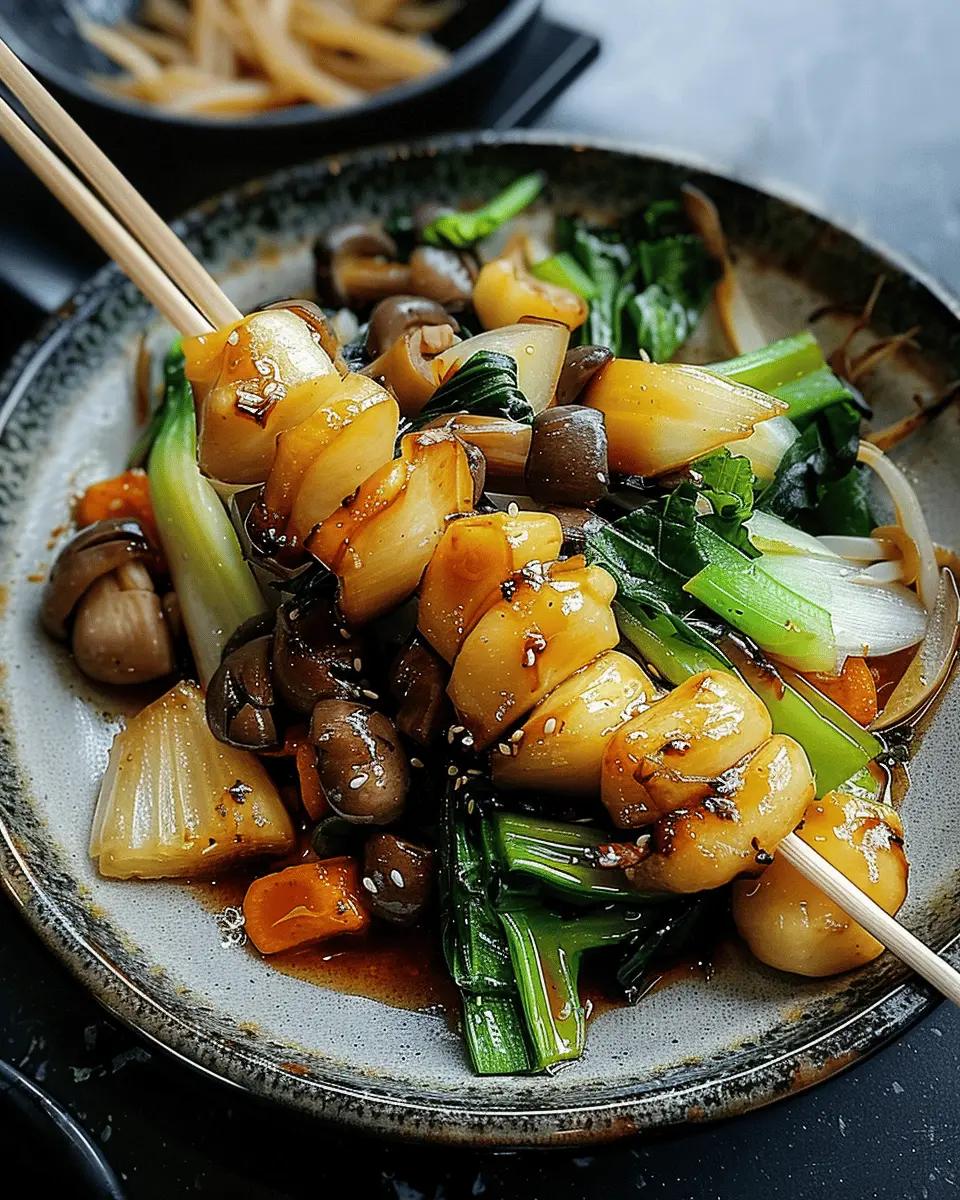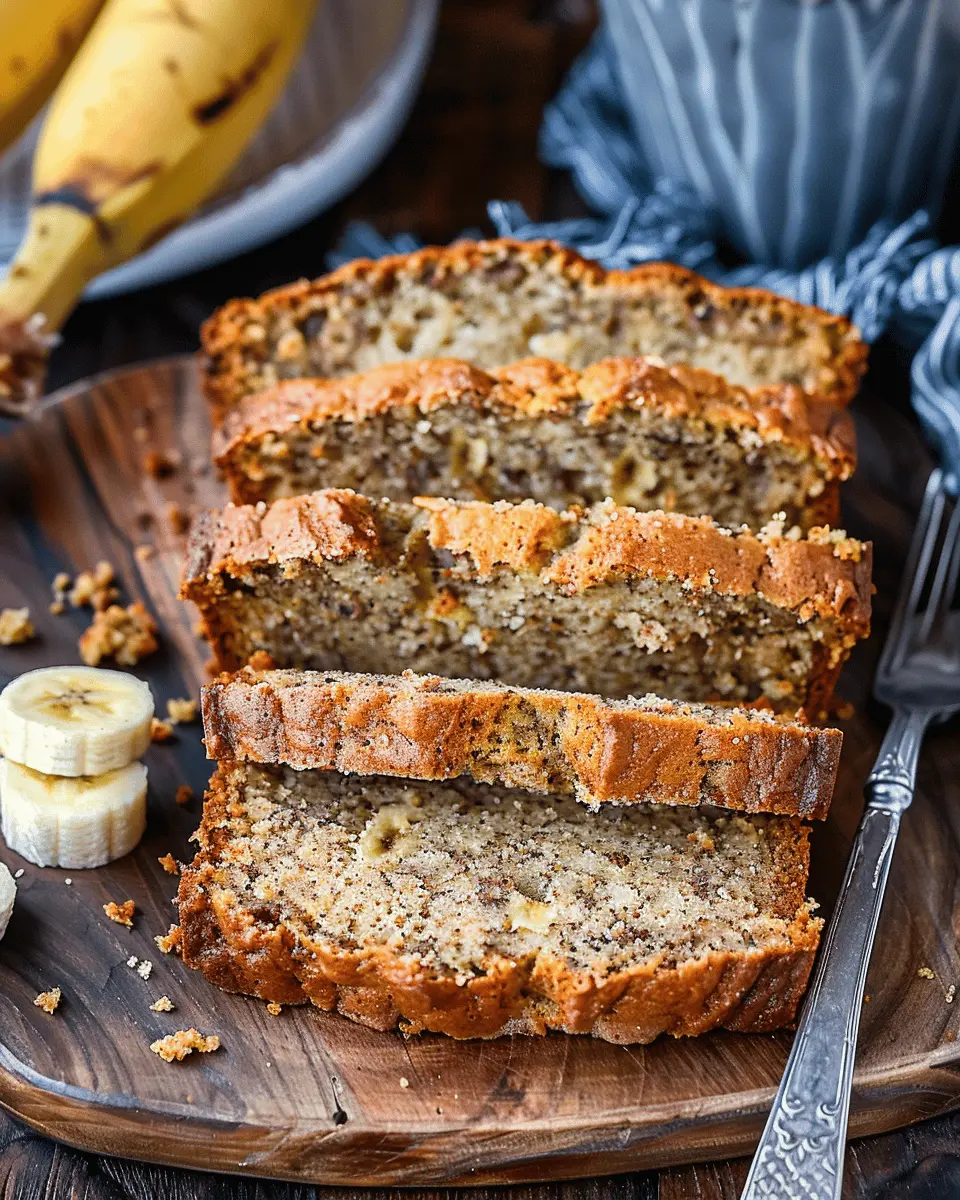Introduction to Hibachi Vegetables
What are Hibachi Vegetables and Why Should You Try Them?
If you’ve ever dined at a Japanese steakhouse, you’ve likely come across the deliciously vibrant and colorful hibachi vegetables that accompany your meal. These expertly grilled veggies are not just a side dish—they’re a culinary experience that packs flavor, texture, and nutrition into one delightful plate.
Hibachi cooking dates back to the Edo period in Japan and is known for its entertaining preparation style, often performed right before your eyes. The term “hibachi” actually refers to the grill itself. When it comes to hibachi vegetables, these usually include an array of fresh produce such as zucchini, bell peppers, onions, and mushrooms, all sautéed in a light soy sauce or teriyaki glaze. However, the beauty of hibachi vegetables is their versatility. Feel free to throw in your favorites—perhaps some carrots or broccoli, too!
So, why should you give hibachi vegetables a try? For starters, they’re not only visually appealing but also a healthy addition to any meal. According to the CDC, only about 1 in 10 adults get enough vegetables in their diet. Adding hibachi vegetables to your dinner table can be a simple yet effective way to enhance your daily veggie intake while enjoying a delightful taste explosion. Moreover, they can act as a perfect complement to proteins like chicken ham or even beef for a truly satisfying meal.
Another exciting aspect of hibachi-style cooking is the aroma and flavor that can be locked in through high-heat grilling. Because the cooking method allows the veggies to retain their natural sugars while getting that nice caramelization, you’ll end up with a dish that both looks and tastes fantastic.
Ready to impress your friends at your next dinner party? Making hibachi vegetables at home is easier than you might think. Not only will it elevate your cooking skills, but you’ll also enjoy the satisfaction of creating something so beloved from a beloved restaurant experience right in your own kitchen. Why not give it a go? Check out more about the history and cooking methods of hibachi on Serious Eats for additional inspiration!

Ingredients for Hibachi Vegetables
Creating the perfect hibachi vegetables is all about choosing the right ingredients. When you think of a classic Japanese steakhouse experience, it’s those vibrant stir-fried veggies that steal the show. Here’s what you’ll need:
-
Veggies: A vibrant mix is essential! Opt for fresh zucchini, bell peppers, onions, and mushrooms. You can also throw in some broccoli and snap peas for added color and crunch.
-
Oil: Use a high smoke point oil like sesame oil or avocado oil. This enhances the flavor and allows for that characteristic sizzle.
-
Soy Sauce: A splash of soy sauce gives depth. Consider using low-sodium options for a healthier twist.
-
Garlic and Ginger: Freshly minced garlic and ginger elevate the taste and make your kitchen smell divine while cooking.
-
Seasoning: Don’t forget to sprinkle some salt and pepper, or even a dash of chili flakes if you like a kick.
For more ideas on ingredient pairings, check out Healthline’s tips on vegetables or tips from Food Network. These additions can make your hibachi vegetables pop in flavor!
Preparing Hibachi Vegetables
If you’re looking to recreate the delicious flavors of Japanese steakhouses at home, mastering the art of hibachi vegetables is a must! Not only are they a colorful addition to any meal, but preparing these veggies is also a fun and engaging experience. Let’s walk through the steps together so you can impress your friends and family at your next dinner gathering.
Gather Your Ingredients
Getting started is all about having everything on hand. Here’s what you’ll need:
- Vegetables: A mix of colorful options like bell peppers (red, yellow, and green), zucchini, mushrooms, and carrots works beautifully. You can also add broccoli or snap peas for some extra crunch.
- Onions: Use yellow or sweet onions to add flavor.
- Oil: Choose a high smoke point oil like vegetable or canola oil. You can also use sesame oil for that authentic taste.
- Soy Sauce: A must for seasoning, giving your hibachi vegetables that signature umami flavor.
- Butter: A touch of butter adds richness.
- Sesame seeds: Optional, for garnishing.
Once you’ve gathered your ingredients, you’re ready to cook!
Heat the Skillet
To achieve that perfect hibachi flavor, using a heavy cast-iron skillet or a flat top griddle is ideal. Preheat your skillet over medium-high heat for a few minutes until it’s nice and hot. A properly heated surface will help sear the vegetables, locking in their flavors and giving them that delightful char. If you’re new to cooking, try using a splatter screen to manage any oil that might jump while cooking.
Sauté the Onions
Start by adding a tablespoon of oil to the hot skillet. Listen for that sizzle; it’s the sound of flavor in the making! Toss in your sliced onions first as they take a bit longer to soften. Sauté for about 2-3 minutes until they turn translucent and fragrant. This step is crucial because the onions will give your hibachi vegetables a sweet and savory base.
Do you like a little heat? Add some minced garlic or even a sprinkle of red pepper flakes at this stage for a spicy kick. Cooking is all about personal preference, after all!
Add the Vegetables
Now comes the fun part — adding in your vibrant hibachi vegetables! You want to work quickly at this stage to ensure they each get a bit of color without losing their crunch.
- Start with the heartier vegetables like carrots and broccoli.
- Follow up with bell peppers, zucchini, and mushrooms.
Toss and stir-fry the mix every minute or so for about 5-7 minutes, allowing them to caramelize a bit while retaining their vibrant colors. You want them to be tender yet crisp — perfect for a mouthwatering side dish.
Season and Finish
With the vegetables cooked, it’s time to elevate those flavors. Drizzle some soy sauce over the sautéed veggies and toss everything together for even coverage. If you’re feeling indulgent, add a pat of butter to create a rich gloss.
For the finishing touch, sprinkle sesame seeds on top for some crunch and a dash of color.
These hibachi vegetables can serve as a delightful side to any protein or even as a stand-alone dish with some rice. The balance of textures and flavors will satisfy any palate, and you just might find yourself whipping this up on a weekly basis!
So next time you’re in the mood to recreate that steakhouse vibe at home, remember these steps. Cooking should be fun, and with your expertly prepared hibachi vegetables, you’ll surely impress anyone at your dinner table! Happy cooking!
For more tips and tricks, check out Serious Eats or Bon Appétit for some inspiration.

Variations on Hibachi Vegetables
Adding Protein: Chicken, Beef, or Tofu
While hibachi vegetables are delicious on their own, adding protein can elevate your dish to a whole new level. You can choose from a variety of options, depending on your preferences:
- Chicken: Dice up tender chicken breast and season it with a bit of soy sauce. It’s a classic addition that pairs perfectly with the sizzling veggies.
- Beef: For a heartier option, thinly slice beef and give it a quick sear alongside your vegetables. The savory flavors will infuse into your dish beautifully.
- Tofu: If you’re looking for a plant-based choice, tofu is an excellent option. Marinate and pan-fry it till crispy for a satisfying crunch that complements the hibachi vegetables well.
By mixing in protein, you not only enrich the meal but also create a more balanced dish packed with nutrients.
Spice It Up: Different Sauces and Seasonings
When it comes to flavors, don’t shy away from experimentation. While the traditional hibachi seasoning often includes butter and soy sauce, you can expand your palate with:
- Chili Garlic Sauce: For those who enjoy a spicy kick, this sauce brings heat and depth.
- Teriyaki Sauce: Sweet and savory, it’s a wonderful option to glaze your ingredients.
- Miso or Sriracha: Both will introduce umami flavors that elevate the entire dish.
Feel free to explore different sauces or even create your own signature blend! Check out this article on Japanese sauces for inspiration.
By customizing your hibachi vegetables, you’ll impress your dinner guests and delight your taste buds. Plus, it’s an exciting way to repurpose leftovers or make the most of seasonal produce! Enjoy the adventure in your kitchen.
Cooking Tips and Notes for Hibachi Vegetables
Choosing the Right Vegetables
When preparing hibachi vegetables, selection is key. Look for fresh, vibrant options like bell peppers, zucchini, mushrooms, and broccoli. These not only provide colorful appeal but also balance flavors beautifully. Consider using seasonal vegetables for the best taste. For additional ideas, explore articles on seasonal cooking to enhance your dish.
Perfecting Your Cook Time
Cooking hibachi-style is all about quick, high-heat techniques. Aim for a cook time of about 5-7 minutes, stirring frequently for even tenderness. Use a hot grill or skillet and add a splash of low-sodium soy sauce towards the end for flavor. Don’t forget to keep the veggies moving—this avoids burning and ensures they stay crisp. Remember, properly sautéed hibachi vegetables can make a delightful and healthy side for any meal, bringing that authentic Japanese steakhouse experience straight to your table!

Serving Suggestions for Hibachi Vegetables
Pairing with Your Favorite Main Dishes
Hibachi vegetables are a delightful and versatile side that can complement a variety of main courses. Whether you’re preparing a tender grilled chicken, succulent beef, or even an Asian-inspired turkey bacon dish, these vibrant veggies enhance every meal.
Consider serving them alongside:
- Grilled salmon with a zesty citrus glaze
- Teriyaki chicken for a sweet and savory experience
- A hearty beef stir-fry that marries flavors beautifully
Fun fact: The mix of bell peppers, zucchini, and mushrooms in hibachi vegetables not only adds color to your plate but is also packed with essential nutrients!
Creative Serving Ideas
Elevate your presentation with these innovative serving ideas:
- Skewers: Thread hibachi vegetables onto skewers for a fun, finger-food style option.
- Rice Bowls: Place the veggies atop a bed of fluffy rice, drizzling a soy sauce or ginger dressing for added flavor.
- Wraps: Use large lettuce leaves to wrap the veggies alongside grilled meat for a fresh, low-carb meal.
The possibilities with hibachi vegetables are endless. Add your personal twist, and don’t be afraid to experiment! For more inspiration, check out these creative veggie dishes.
Time Breakdown for Hibachi Vegetables
Preparation Time
Getting your hibachi vegetables ready is a breeze! Spend about 10-15 minutes chopping and washing your favorite veggies like zucchini, mushrooms, and bell peppers. The more colorful, the better!
Cooking Time
Once your veggies are prepped, the real fun begins! Sauté them for about 8-10 minutes on high heat. The goal is to achieve that delightful char while keeping them crisp.
Total Time
In just 20-25 minutes, you’ll go from fresh produce to a delicious side dish that perfectly complements any meal. For more tasty side options, check out this vegetarian guide. It’s quick and makes every dinner feel like a night out at your favorite Japanese steakhouse!
Nutritional Facts for Hibachi Vegetables
Calories
When you savor a plate of hibachi vegetables, you’re indulging in a low-calorie delight. A typical serving of hibachi vegetables contains about 100-150 calories. This makes it an ideal complement to any main course without adding too many extra calories to your meal.
Vitamins and Minerals
Hibachi vegetables are not just delicious; they are also packed with essential vitamins and minerals. Think vitamins A, C, and K, along with important minerals like potassium and magnesium. These nutrients contribute to your overall health, supporting everything from your immune system to bone health. For deeper insights, you might find this Nutritional Science Resource helpful.
Dietary Considerations
If you’re mindful of dietary needs, hibachi vegetables are a fantastic choice. They can easily be made vegan or vegetarian, and when prepared without butter and oils, they’re suitable for various dietary plans. Plus, these vegetables are gluten-free, making them a safe option for those with gluten sensitivities. So whether you’re looking for a light side dish or a healthy addition to your meal plan, hibachi vegetables perfectly fit the bill!
FAQs about Hibachi Vegetables
Can I make Hibachi Vegetables ahead of time?
Absolutely! Preparing your hibachi vegetables in advance can save you time when you’re ready to serve. Chop your favorite vegetables—like zucchini, bell peppers, and carrots—and store them in an airtight container in the fridge for up to a day. When it’s time to cook, just toss them in the pan for a quick sauté. A brilliant tip is to add a splash of soy sauce or teriyaki just before cooking for added flavor!
What are the best vegetables for Hibachi-style cooking?
When it comes to hibachi vegetables, you have plenty of delicious options. Here’s a quick list of favorites:
- Zucchini: Adds a fantastic crunch.
- Carrots: Their sweetness caramelizes beautifully.
- Bell Peppers: Bring color and flavor.
- Broccoli: Steams quickly for soft bites.
- Onions: For a hint of sweetness and aromatic appeal.
Feel free to mix and match based on your personal preferences and what’s in season. For a great visual guide, check out this vegetable chart, which showcases veggies commonly used in Japanese cuisine.
Do I need special equipment to make Hibachi Vegetables at home?
Not at all! While hibachi dishes are often cooked on a specialized grill, you can easily recreate the experience using a large non-stick skillet or a wok. A traditional flat-top grill would also work wonders. The key is to have high heat for that signature sear. A good-quality spatula or a pair of tongs will help you toss your hibachi vegetables for even cooking. Remember, the best tool is the one you’ll enjoy using, so choose what feels right for your kitchen!
Conclusion on Hibachi Vegetables
In conclusion, hibachi vegetables are a beloved side dish that not only complement your main meals but also add a delightful crunch and vibrant flavors to your plate. These veggies allow you to explore various tastes while promoting a healthy lifestyle. Best of all, they’re quick to prepare, making them perfect for busy weeknights.
Consider experimenting by adding your favorite seasonal veggies or even combining different sauces for a unique twist. As you savor these tasty bites, remember that they’re more than just a side; they’re a creative way to enjoy nutritious eating. For additional inspiration, check out this guide on healthy meal prepping to enhance your culinary journey!
PrintHibachi Vegetables: The Best Flavorful Japanese Steakhouse Side Dish
Hibachi vegetables are a delicious and vibrant side dish that complements any Japanese steakhouse meal. They are packed with flavors and are simple to prepare.
- Prep Time: 10 minutes
- Cook Time: 10 minutes
- Total Time: 20 minutes
- Yield: 4 servings 1x
- Category: side dish
- Method: stir-frying
- Cuisine: Japanese
- Diet: vegetarian
Ingredients
- 1 cup zucchini, sliced
- 1 cup yellow squash, sliced
- 1 cup bell peppers, sliced
- 1 cup mushrooms, sliced
- 2 tablespoons soy sauce
- 2 tablespoons sesame oil
- 1 tablespoon garlic, minced
- 1 teaspoon ginger, grated
Instructions
- Heat sesame oil in a large skillet over medium heat.
- Add garlic and ginger, and sauté for 1 minute.
- Add vegetables and stir-fry for 5-7 minutes until tender.
- Pour soy sauce over the vegetables and toss to coat.
- Cook for an additional 2 minutes, then serve warm.
Notes
- Feel free to add your favorite vegetables for extra flavor.
- Adjust the soy sauce to taste.
Nutrition
- Serving Size: 1 cup
- Calories: 150
- Sugar: 5g
- Sodium: 400mg
- Fat: 10g
- Saturated Fat: 1g
- Unsaturated Fat: 3g
- Trans Fat: 0g
- Carbohydrates: 15g
- Fiber: 3g
- Protein: 4g
- Cholesterol: 0mg
Keywords: Hibachi, Vegetables, Japanese, Steakhouse, Side Dish












